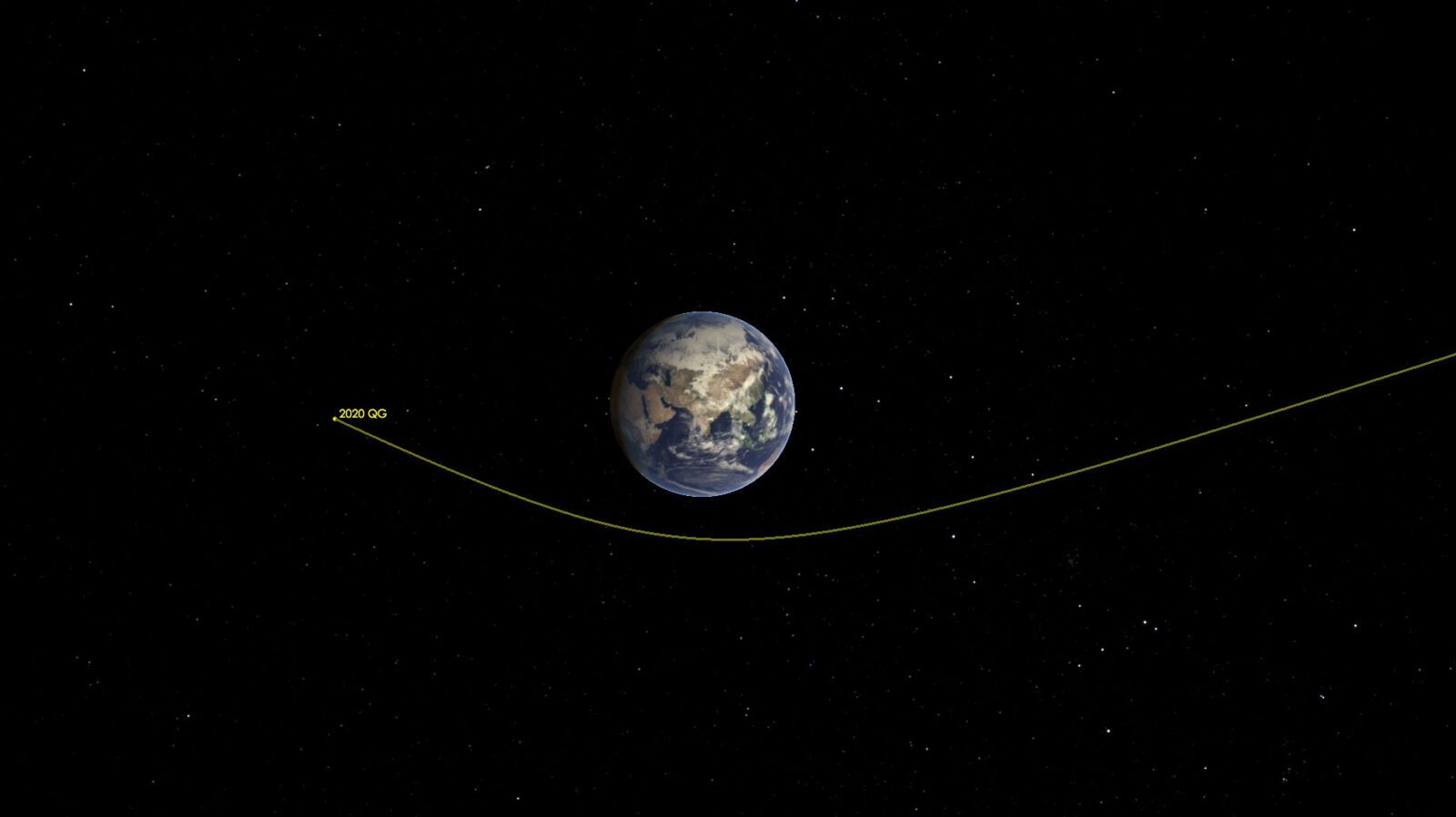A recently discovered asteroid approximately the size of a car flew harmlessly by Earth in the morning of April 12.
Astronomers figured out that the asteroid, known as 2021 GW4, is approximately 14 feet (4 meters) across – too small to survive Earth’s atmosphere if it were to collide with it.
At its closest, at about 9 a.m. EDT, the asteroid was 16,300 miles (26,200 kilometres) away from Earth, less than a tenth of the distance between our planet and the moon, and very close for an asteroid approach.
The typical distance between Earth and the moon is about 238,855 miles (384,400 km).
Early NASA calculations suggest that the encounter is as close as that asteroid will come over the next century.
2021 GW4 was initially observed on April 8 by astronomers from the Mt. Lemmon Survey, which is part of a high-powered asteroid discovery project known as the Catalina Sky Survey, which already labelled over 500 asteroids this year, NASA’s CEnter for Near-Earth Object Studies says.
NASA has identified more than 25,500 near-Earth asteroids, most of which are insignificant in size to pose any real threat to us.
Their discoveries are side bonuses as scientists carefully lookout for larger space rocks.
Space is indeed very complex, and multiple objects can pose a threat to us, which is why astronomers are always on the lookout.
Though most of the space bodies that come close to us are primarily harmless, there is also a slight chance of impacting unknown consequences.
However, that does not mean that you have to stay hidden in your basement, preparing against the worst.
Modern technology can predict the evolution of most close asteroids’ trajectories.











Leave a Reply